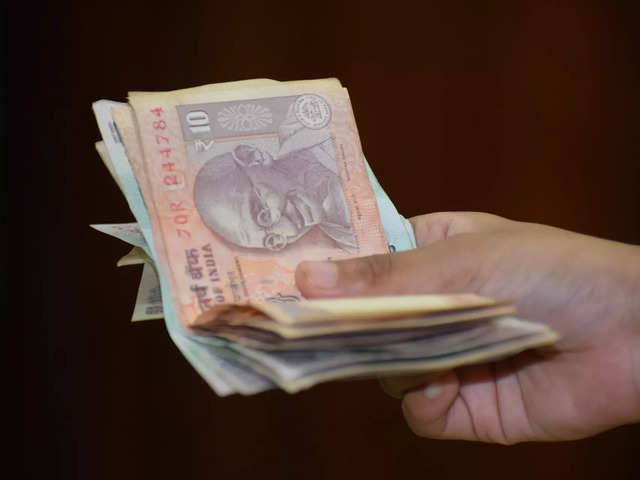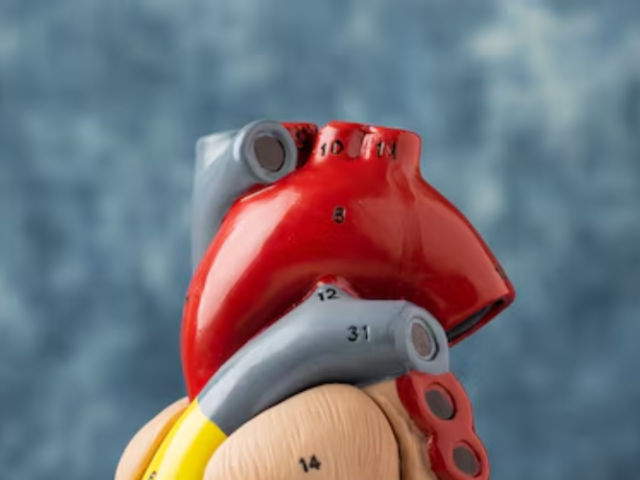
Pride March
In the last feature of our Pride Month series, we try to understand how ad industry can further drive change in society...
Jun 29, 2020, 13:51 IST
ad-agencies
Pride Month: How ad industry can drive change in the society
Jun 29, 2020, 13:51 IST
In the last feature of our Pride Month series, we try to understand how ad industry can further drive change in society...
- In the last feature of our
Pride Month series, we look back at the past of advertising, speak to the LGBTQIA+ community from the industry on which ads they resonated with, its evolution thus far and how can the industry further drive change in society at large. - They said a lot needs to be done and change can only come when the insiders of the ad industry step into the shoes of these people, empathise and help normalise.
After the Supreme Court scrapped Section 377 in India in 2018, a lot of brands came forward to celebrate the landmark judgement. However, the momentum went down in 2019 and this year, when brands have more time than ever to really reflect on their values and speak about issues that matter, this June, the discussion around equality went further below. Apart from the
So we decided to reach out to the LGBTQIA+ community from the ad industry and look back at the campaigns that started a conversation that everyone else was afraid to have, trace the industry’s progress, discuss how they wish to be represented in the future and how advertising can drive change.
Ads that sparked change
OTT platforms have allowed directors and writers to create content with no filters and break out of the conventions of love stories and gender roles. There is more representation now than ever before. However, it is only during the pride month that there is a sudden bombardment of rainbows and brands remember that LGBTQIA+ are also their consumers with purchasing power.
Shekhar Mhaskar, Chief Growth Officer, Isobar India says Indian advertising industry still has a long way to go. When asked what are some of the Indian ads that he liked or resonated with, Mhaskar said, ‘None. At least not from India in 2020.’
He explained, “Indian advertising is yet to come a long way. Got to be bolder than ever. While advertisers in India want to be in the race to show that they accept the LGBTQIA+ community in a lot of ways, the advertisements or the creative are still 'indicative' by using mnemonics of such relationships, viz. using rainbow colours; using the gender symbols, so on and so forth. It needs to be bolder, in your face (without bordering any sexual innuendos, though). To give an example, look for the ad ‘Imagine a World’ by SodaStream, or a few others that are part of the 2020 Super Bowl series where real-life gay talent has been cast - Jonathan Van Ness, the nonbinary star of Netflix’s Queer Eye, speaks about the virtues of Pop-Tarts and Drag Race stars Kim Chi and Miz Cracker filmed a commercial for hummus. As also the Amazon Alexa ad where Ellen and her partner Portia are at centre stage.”
Amit Kekre, National Strategy Head, DDB Mudra Group shared a few ads that he liked from the many that have been launched over the years.
“Vicks' Touch of Care campaign busted the stereotype of gender. It changed the definition of motherhood by saying that motherhood is an emotion independent of gender. In my mind, it was one of the sincere efforts and insight into the transgender community and questioned the very restrictive, hetereonormative framework of gender that we as a society are used to looking at. It was profound story-telling on the part of LGBTQIA+ community. DDB Mudra also worked on a campaign for Levi’s that tried to convey that they are more than just their sexuality, which I loved. Often enough the conversation around queer community centers around sex or sexuality but we are more than that so Levi’s tried to convey that our lives are more than just our sexuality,” said Kekre.
How can ad industry become the torch-bearer of change?
As an industry, advertising is known to lead to change. It can use its influential power in mending belief systems and uprooting regressive thoughts. It can bring about normalisation and make people embrace the entire spectrum. However, are we really using it tactfully?
Kekre says change takes time. He said, “Change is a gradual process, especially in a society like ours where deep-rooted stigmas are the background that we operate in, change is even slower to come by. And not just advertising, brands and businesses at large lead change. Change comes in two parts: culture outside and internally, brands need to embrace change within their own ecosystem. So while advertising is consumer-facing does the part of story-telling and changing attitude at a large cultural level, within the organisation -- I feel there is a lot that needs to be done. From a passive acceptance, we need to move to active invitation that makes an announcement to the community that we are open for you to come in. It means not just policy and structural changes, it means tying up with organisations that help you identify talent from this community.”
DDB Mudra has introduced an internship program specifically designed for the transgender community that helps them ease into the organsation because they are the most marganlised community and need more attention in terms of sheer livelihood.
Jay, Creative Producer, Kinnect also suggested looking on the inside, recognising biases and talking about the stories out of the box that we have been stuck in.
She said, “Advertising is a powerful industry that can drive change by reaching out to the masses at once. We have the potential but we have some way to go. As people who are in positions of making decisions about what consumers see, I do think we need to relook at our personal biases and understand that our society is very tightly pound by these gender roles, expectations of what a man and a woman are supposed to be, what relationships should look like -- once we open up our minds to a perspective free of these rules, we will be able to see that there are so many beautiful stories that deserve to be told. I wish these queer identities are represented outside of the pride month also. Everyone is a consumer and they should be spoken to all the time. Once brands approach inclusiveness as a given, rather than a singular campaign brief, I think that will be real change.”
Mhaskar suggested stepping into the shoes of the queer community and understanding their woes and challenges. There is a need for empathy, not sympathy.
He said, “There’s a lot to be done, a massive lot. India as a country is conservative and hypocritical. Agencies and corporations should openly and honestly promote inclusion of the LGBTQIA+ folks in the workforce and give them the same rights and privileges as everyone else. The policies are not meant to be in the books for keepsake. Those need to be brought out and applied without someone having to ask for it. Hope you get the drift.”
Brands have a responsibility to the community and they should aim to not only promote themselves, but address larger social issues throughout the year.
INSIDER INTELLIGENCE REPORTS







